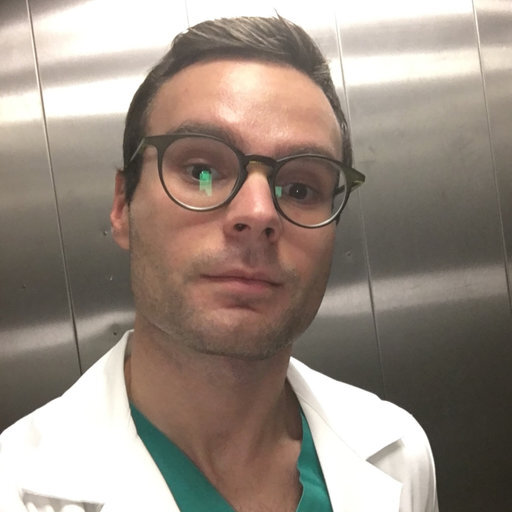Medical doctors and Surgeons
The role of the pediatric maxillofacial surgeon
Pediatric maxillofacial surgeons are specialists who tackle complex pathologies in the neck-head area of children. From traumatology and oncology to malformative conditions and those related to the oral cavity.
Pediatric traumatology presents peculiar traits compared to its adult counterpart. Soft tissue injuries and hard tissue injuries are distinguished first and foremost. In children under the age of five, soft tissue injuries are more common than hard tissue injuries, as they involve wounds affecting the skin and the entire integumentary system. As children age, especially over the age of five, the bones of the facial skeleton begin to consolidate. This process also increases the likelihood of isolated or multiple fractures involving the facial bones.
«We are a SILPS center, so we are accredited with the Italian Society of Cleft Lip and Palate. We perform an average of 40-45 surgeries a year for this condition – says Umberto Autorino, a specialist in maxillofacial surgery, and a senior physician in the pediatric maxillofacial surgery department at the Children’s Hospital of Brescia, directed by Dr. Burlini – We treat children from birth, starting from the first months of life, and continue even into adulthood with ancillary surgeries. We collaborate multidisciplinary with ENT specialists, neurosurgeons, and for malformative conditions like craniosynostosis or Parry-Romberg Syndrome».
The challenges of pediatric maxillofacial surgery
Surgical interventions on pediatric patients present various difficulties, starting with the anatomy of the child. The bone structures and soft tissues are very small and delicate.

«All interventions in pediatric maxillofacial surgery are a challenge. For example, a patient with cleft lip and palate, a malformation, will not undergo a single operation with us. They will follow a course and will need multiple surgeries throughout their life – continues Autorino – Each surgery may or may not have complications. These complications can affect the previous or subsequent surgeries. When operating on a child, whether malformed or not, one must always anticipate complications because management will always be different compared to adults».
What can be treated and managed with local anesthesia in an adult may be problematic for a child if they are uncooperative. «It’s not only an intraoperative issue. Managing a child must be comprehensive, both pre- and post-operatively. Often, the problem is not related to the surgery itself, but to the comfort of the accommodation or to the assistance, which may lack experience with pediatric patients», explains the doctor.
Pediatric maxillofacial surgery requires careful planning and management beyond the operating room. Creating an integrated and multidisciplinary support network allows for effective management of challenges. Reducing the risk of complications and improving outcomes for pediatric patients.
Caring for the child and reassuring the parents
When performing surgery on a pediatric patient, the parents must also be considered. It is a dual dimension with specific needs and concerns. «It is crucial to reassure both the child and the parents that the doctor is there to solve the problem and provide help. Having nursing support from anesthesiologists with pediatric experience is very important» says Autorino.

Operating on a child means working with a more restricted and delicate surgical field than in adults. Precision and efficiency become essential, requiring tools and techniques adapted to the size and fragility of their anatomical structures. Additionally, techniques must be found to reassure pediatric patients with simple, age-appropriate explanations. Equally important is finding the right way to communicate with the parents. Providing clear information about the treatment, risks, and expectations to alleviate their anxieties and build trust in the medical team.









































